Warehousing is a critical component of the supply chain that involves storing goods and materials before they are distributed for sale or use. By providing a centralized location for inventory management, warehousing enables businesses to streamline operations, reduce transportation costs, and meet customer demand more efficiently. In this article, we’ll explore the definition of warehousing, its essential functions, and the key advantages it offers to organizations of all sizes.
What is warehousing?
Warehousing refers to the process of storing goods, inventory, or materials in a designated facility before they are distributed for sale, use, or further processing. In logistics, a warehouse serves as a central hub where goods are received, organized, stored under controlled conditions, and later dispatched to their next destination, such as a retail store, end consumer, or another link in the supply chain.
A well-managed warehousing operation contributes significantly to supply chain efficiency by optimizing inventory control, reducing transit times, and supporting just-in-time (JIT) delivery models. Key functions of warehousing include:
- Storage: Keeping goods safely in a controlled environment until needed.
- Inventory Management: Monitoring stock levels, SKU tracking, and forecasting demand.
- Order Fulfillment: Picking, packing, and shipping products to customers or retailers.
- Cross-docking: Moving goods directly from receiving to outbound shipping with minimal storage time.
- Value-added Services: Labeling, kitting, quality checks, and repackaging.
By acting as a strategic buffer between supply and demand, warehousing ensures consistent product availability, supports operational continuity, and reduces logistics costs in both domestic and global supply chains.

Key functions of warehousing
Improving efficiency in the shipping process
Warehousing plays a crucial role in streamlining the shipping process by acting as a central hub for goods consolidation, order picking, and packaging. When strategically located near key transportation nodes such as ports or distribution centers, warehouses significantly reduce transit times and delivery costs. Efficient warehouse operations allow for faster dispatch, minimize handling errors, and facilitate just-in-time (JIT) deliveries, contributing directly to improved customer satisfaction.
Strengthening overall supply chain performance
Warehouses provide the infrastructure needed to maintain a steady flow of goods from suppliers to end-users. Their ability to store, sort, and distribute products efficiently helps reduce lead times, prevent stockouts, and respond quickly to market demand changes. By buffering against supply chain disruptions, warehousing adds resilience and flexibility to the entire logistics network.
Moreover, warehousing supports value-added services such as cross-docking, kitting, and reverse logistics, which help streamline operations and optimize resource utilization. These services not only improve responsiveness but also enable companies to scale their supply chain capabilities in line with growth and seasonal variations.

Organizing and controlling inventory effectively
Effective inventory management within a warehouse ensures that stock levels are accurately tracked, categorized, and readily accessible. This reduces excess inventory, minimizes holding costs, and prevents overstocking or understocking situations. Barcode scanning and RFID systems help maintain precise stock visibility and enable timely reordering.
Providing temperature and climate-controlled storage
Many products, especially those in the pharmaceutical, food, and chemical sectors, require specific environmental conditions during storage. Warehouses equipped with temperature and humidity control systems provide tailored storage solutions that preserve product integrity throughout the supply chain. These facilities prevent spoilage, contamination, or degradation by maintaining consistent temperature and humidity parameters.
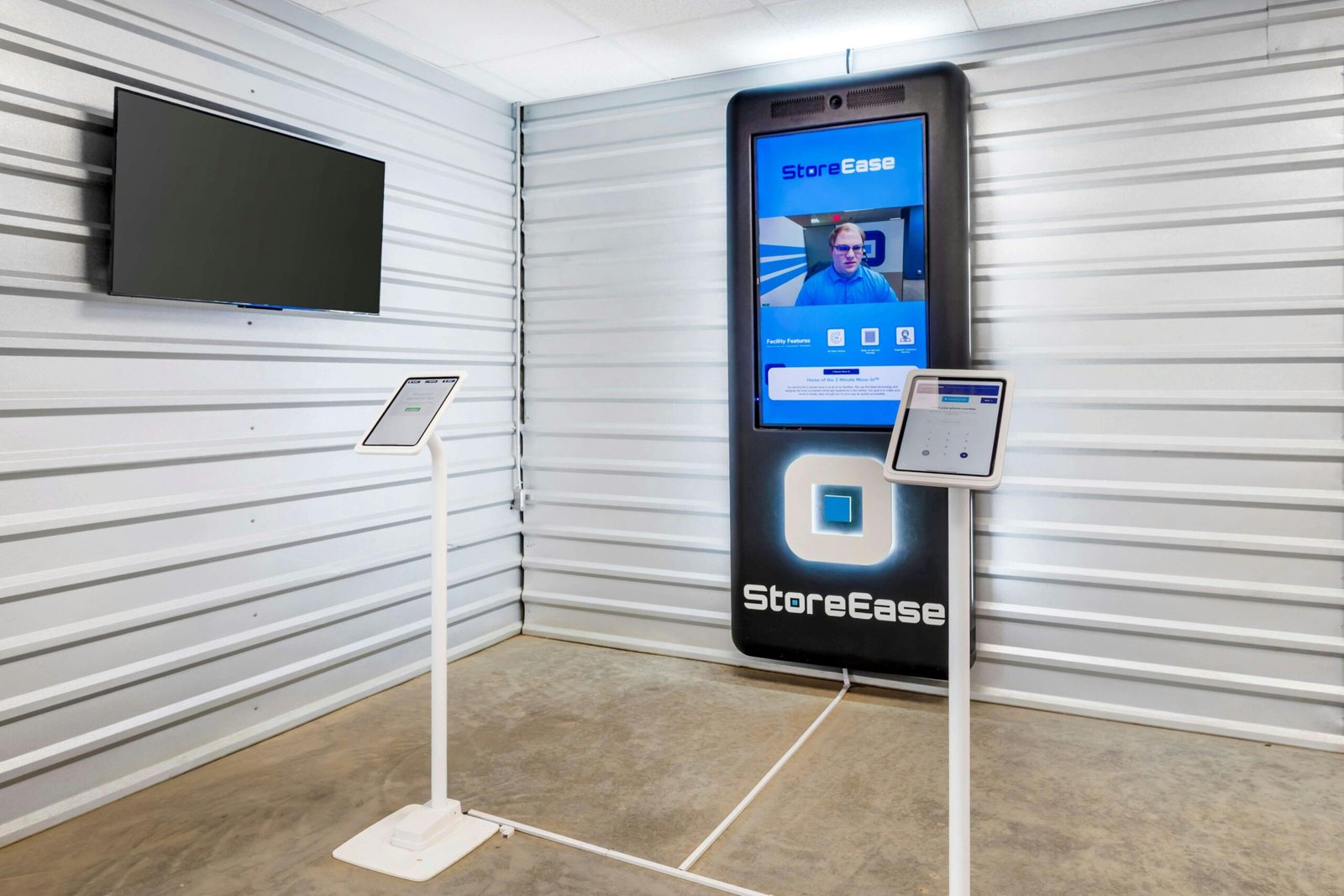
Ensuring product quality through strict control measures
Warehouses implement rigorous quality control measures to maintain product standards and compliance with industry regulations. Quality checks upon inbound receipt, during storage, and before outbound shipping help identify damages, defects, or discrepancies early in the logistics cycle. These measures reduce returns and customer complaints while protecting brand reputation.
Common warehouse types and their uses
Choosing the right type of warehouse depends on a business’s operational needs, scale, and control requirements. Below are three common types of warehouses and their specific functions in logistics:
-
- Private Warehouses: These are storage facilities that are exclusively owned or long-term leased by a single business, typically a manufacturer, wholesaler, or large retailer. These warehouses are strategically located to support just-in-time inventory systems, streamline distribution, and maintain tight control over inventory management. While primarily used by the owner, other companies sometimes rent excess space.
- Public Warehouses: Public warehouses are commercial storage facilities that offer short-term or long-term rental options to businesses. Operated by third-party logistics providers, government bodies, or large corporations, these warehouses offer flexible storage solutions without the high capital investment required for building or maintaining a facility. Public warehouses are commonly used by small to medium-sized enterprises, seasonal businesses, or those entering new markets.
- Bonded Warehouses: Bonded warehouses are secure storage facilities regulated by customs authorities, designed for storing imported goods that have not yet been cleared for domestic use. These warehouses enable importers to defer payment of duties and taxes until the goods are officially released for sale, which can significantly improve cash flow and inventory planning. Bonded warehouses are particularly useful in international logistics operations, allowing businesses to hold inventory near their target markets while complying with trade regulations.
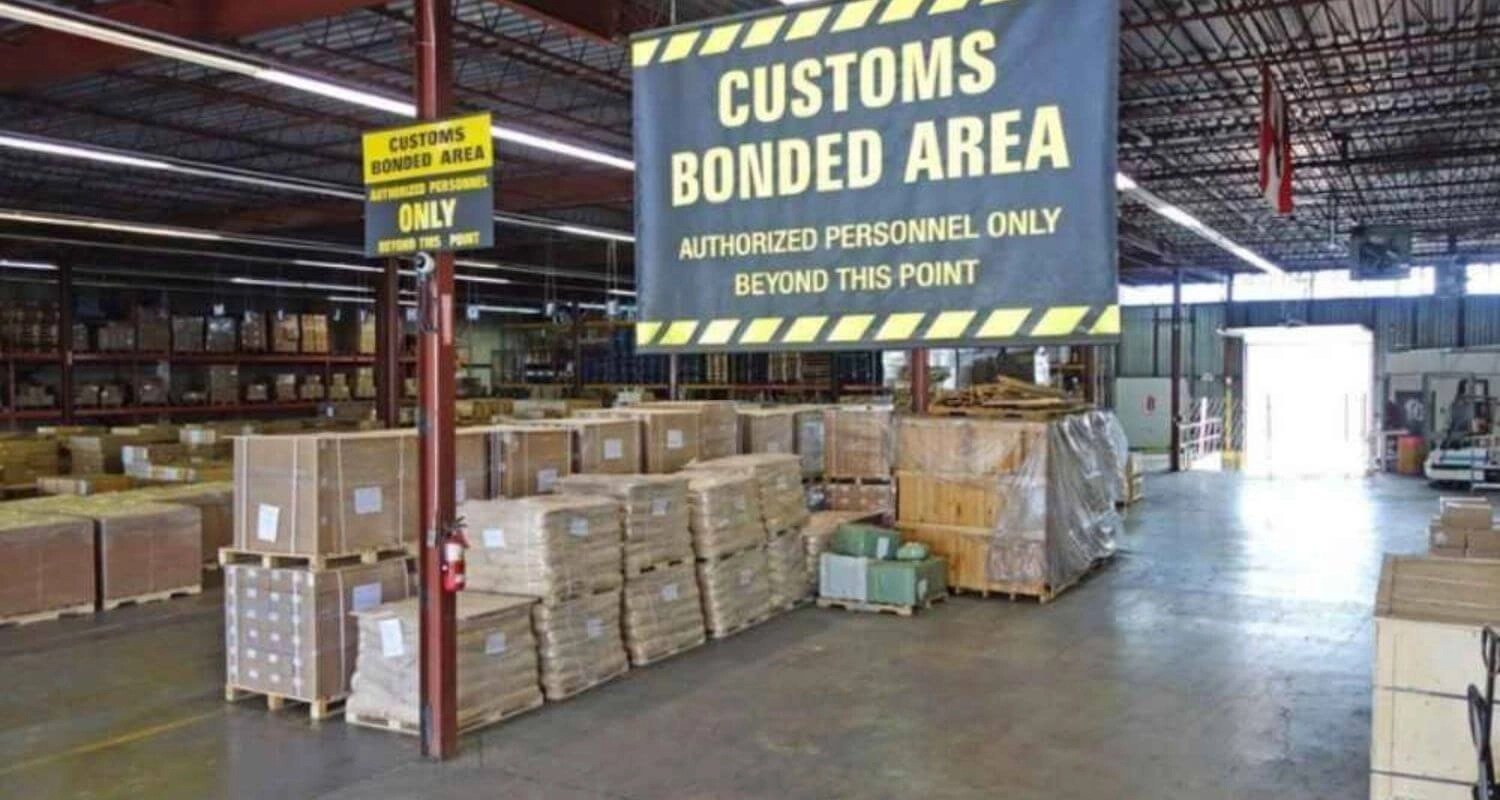
Advantages of warehousing
Efficient storage organization
Warehousing allows for structured and systematic storage of goods, ensuring optimal space utilization and streamlined inventory control. Modern warehouse facilities often employ racking systems, bin locations, and warehouse management systems (WMS) to categorize products by SKU, size, turnover rate, and handling requirements. This organization minimizes retrieval time and reduces the risk of inventory errors, making stocktaking and fulfillment more accurate and efficient.
An organized warehouse also supports FIFO (First-In, First-Out) and LIFO (Last-In, First-Out) methods, ensuring product freshness and regulatory compliance, especially in industries dealing with perishables or time-sensitive goods.
Optimized labor management
Warehousing operations benefit significantly from proper labor planning and allocation. By leveraging real-time tracking systems and historical data analytics, businesses can accurately forecast staffing requirements. This enables managers to avoid both overstaffing and understaffing, ensuring cost-effective scheduling and increased productivity during peak periods. Additionally, a tracking system can accurately predict seasonal trends and order volumes, enabling the timely recruitment and training of temporary or specialized warehouse staff.

Cost-effective operations
Warehousing supports cost control by consolidating inventory in central or strategically located facilities, reducing transportation expenses and order lead times. Bulk storage enables businesses to take advantage of economies of scale, purchasing larger volumes at lower per-unit costs. Additionally, centralized inventory reduces the need for multiple safety stocks across various locations, lowering the capital tied up in unused goods.
High security
Modern warehouses are equipped with robust security systems to protect valuable inventory from theft, damage, and unauthorized access. Surveillance cameras, controlled access points, and inventory monitoring systems form a multi-layered defense that not only secures goods but also fosters accountability among staff. Many warehouses also use RFID and barcode systems that enable real-time tracking, reducing the risk of misplaced or stolen inventory.

Faster shipping
Warehousing facilitates quicker order fulfillment by placing goods closer to the end customer. With strategically located distribution centers, companies can reduce the distance between product storage and final delivery points.
Advanced picking systems, such as zone picking, wave picking, and voice-directed picking, further speed up the order preparation process. When integrated with real-time inventory systems, these technologies enable precise, rapid dispatch of goods, enhancing delivery performance and customer satisfaction. Efficient warehousing is a cornerstone of just-in-time (JIT) logistics, which prioritizes speed without sacrificing inventory accuracy.
Easy returns processing
A dedicated area within the warehouse for returned items allows staff to inspect, sort, and reprocess products quickly. This helps businesses recover resale value on returned goods and maintain accurate inventory levels.
Automated return workflows and barcode scanning also facilitate faster decision-making regarding disposition. By streamlining this process, warehouses minimize turnaround times, reduce labor costs, and improve customer experiences. In sectors with high return volumes, such as fashion or electronics, efficient returns processing can serve as a competitive advantage.
Elements to consider in warehousing
Warehouse storage costs
Warehouse storage costs are a fundamental consideration for businesses when planning their supply chain and logistics operations. These costs typically include rental fees, handling charges, labor, equipment usage,… By assessing their financial goals, projected revenue, and overall supply chain strategy, companies can determine whether investing in warehousing aligns with their operational needs and long-term growth plans.
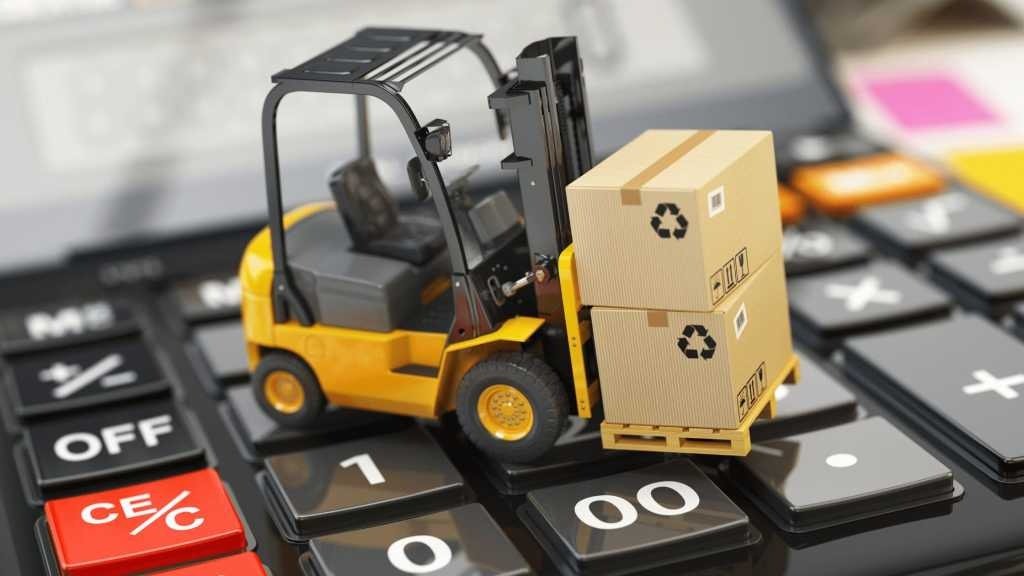
Organizational workflows
Without a standardized process, storing and retrieving goods in large-scale facilities can become chaotic and inefficient. Logistics companies must implement a logical storage system, such as FIFO (First In, First Out) or zone picking, to ensure smooth inventory handling and accurate order fulfillment.
Additionally, once a workflow is established, all warehouse personnel should receive thorough training to ensure adherence to the process. This reduces human error, improves picking accuracy, and increases overall productivity. Over time, refined workflows contribute to leaner operations and better service levels.
Strategic location
A strategically placed warehouse allows businesses to minimize transportation time and reduce shipping costs. Factors to consider include proximity to ports, major highways, customer clusters, and supplier bases. For international logistics, access to intermodal transport hubs can further streamline operations.
Selecting the correct location also impacts lead time and service level agreements (SLAs). A warehouse situated near high-demand regions can support faster last-mile delivery, offering a significant competitive edge in sectors such as e-commerce, retail, and FMCG (Fast-Moving Consumer Goods).
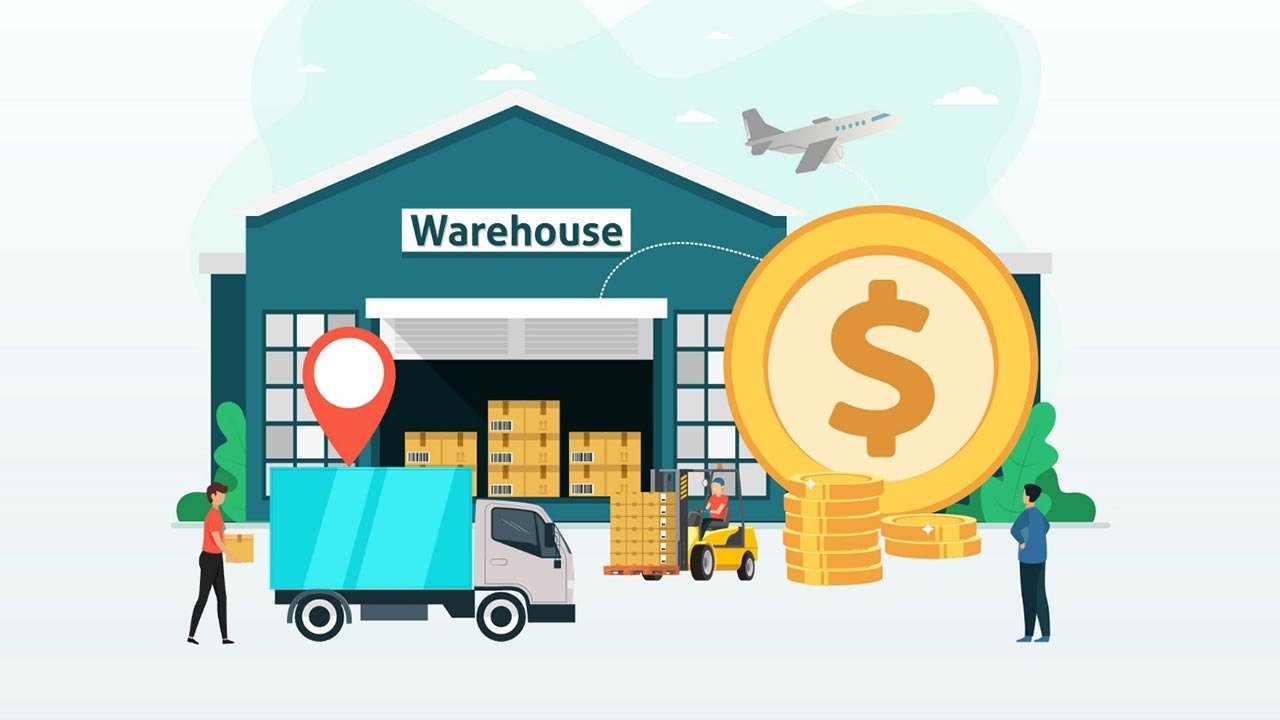
Forecasted requirements
While many companies select warehouse facilities based on their immediate operational demands, forward-thinking supply chain planning requires anticipating future storage and handling needs. For example, a business planning to expand into temperature-sensitive goods (pharmaceuticals or perishable food items) should consider whether investing in a facility with climate control is feasible and cost-effective at the current stage.
Forecasting should incorporate market trends, sales projections, and inventory turnover rates to avoid underutilization or outgrowing a facility too quickly. Key considerations include:
- Expected volume growth.
- Inventory storage types (bulk, pallet, racking,…).
- Specialized handling equipment.
- Compliance with regulatory requirements.
Making warehouse decisions with scalability in mind helps avoid costly relocations and operational disruptions. However, overestimating future needs can lead to higher fixed costs, so it’s critical to strike a balance between preparedness and practicality.
Warehouse vs. distribution center: what’s the difference?
In the logistics industry, the terms “warehouse” and “distribution center” are often used interchangeably, but they serve distinct functions within the supply chain. A warehouse is primarily designed for the long-term storage of goods, acting as a static facility where inventory can be safely held until it is needed. These facilities typically emphasize storage efficiency, security, and inventory preservation, making them ideal for products that do not require frequent turnover. Manufacturers, wholesalers, and retailers commonly use warehouses to maintain a buffer stock, ensuring continuity of supply over extended periods.
On the other hand, a distribution center (DC) is a vital component of a dynamic, time-sensitive supply chain. Unlike warehouses, DCs are built for rapid throughput and high-frequency order fulfillment. Goods move in and out swiftly, often on a just-in-time (JIT) basis, minimizing idle storage time and reducing inventory carrying costs. Distribution centers are typically situated near key transportation hubs, including ports, airports, or major highway intersections.
In conclusion, warehousing plays a vital role in the supply chain by providing a centralized location for storing, managing, and distributing goods efficiently. Understanding its definition, core functions such as inventory management and order fulfillment, and its strategic advantages like cost savings and improved customer service, highlights its importance to businesses of all sizes. As logistics and consumer demands continue to evolve, effective warehousing remains a cornerstone of operational success.








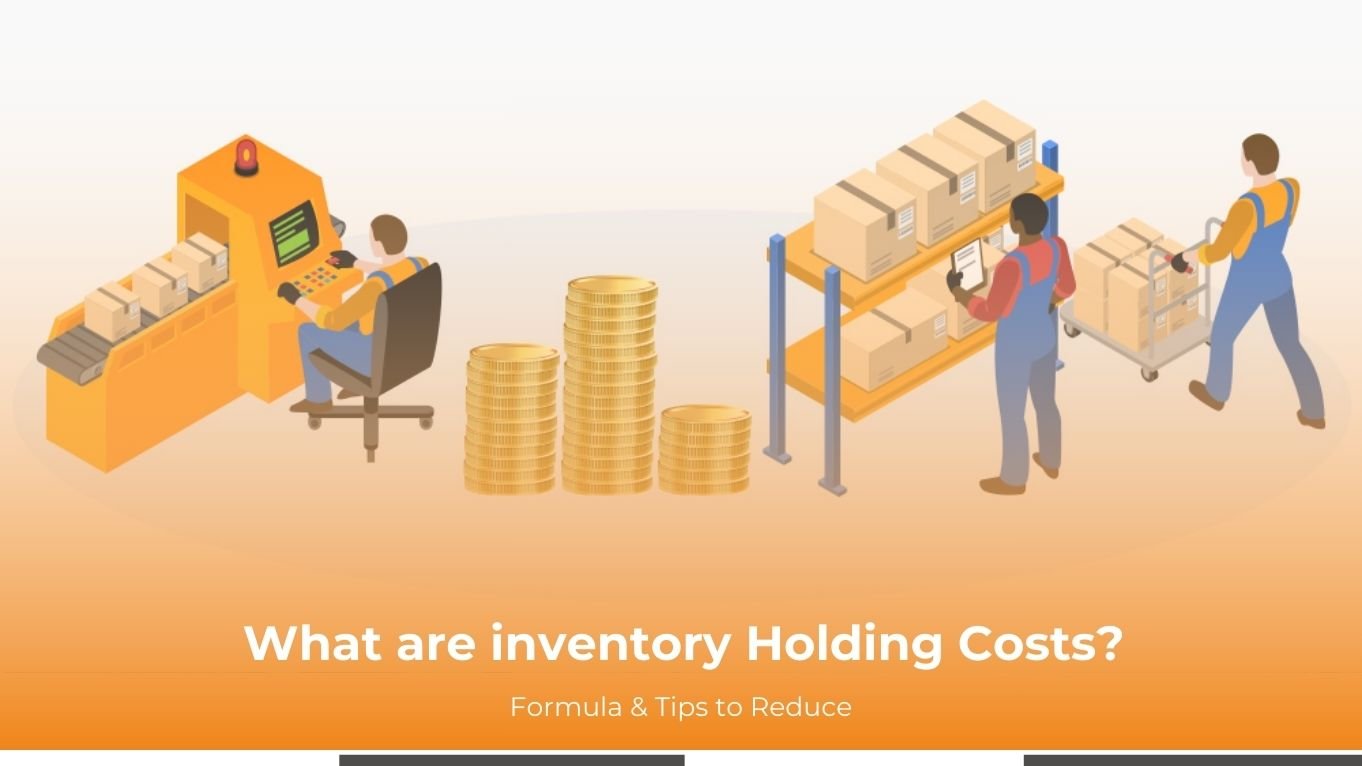
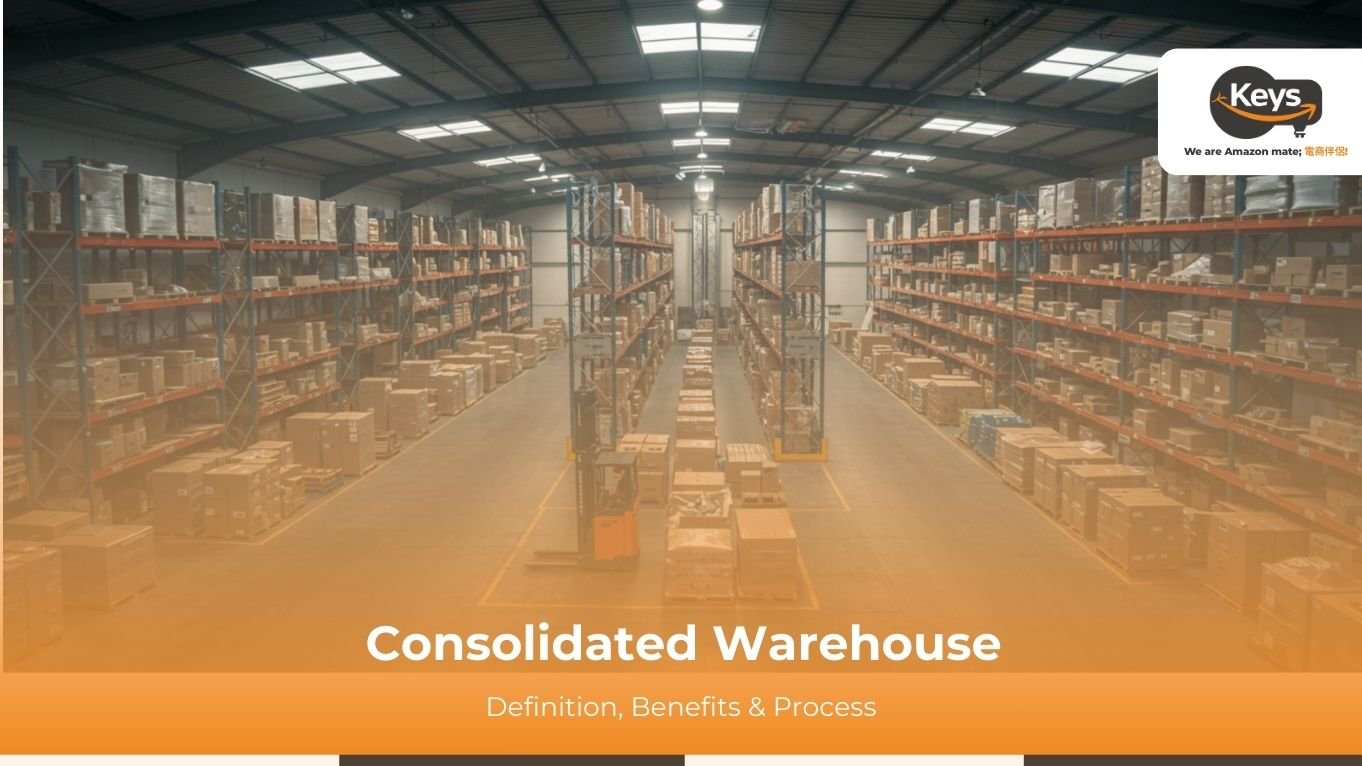
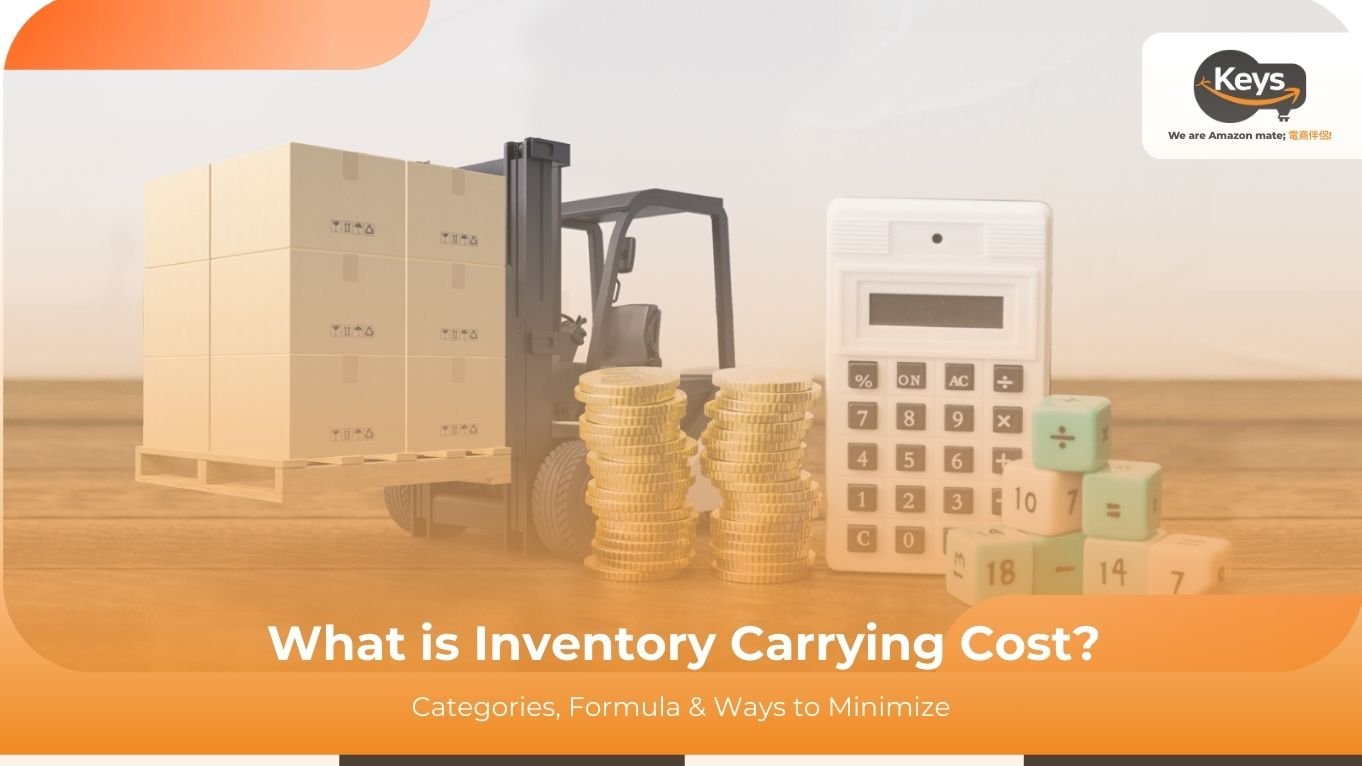

 Tiếng Việt
Tiếng Việt 中文 (中国)
中文 (中国)

